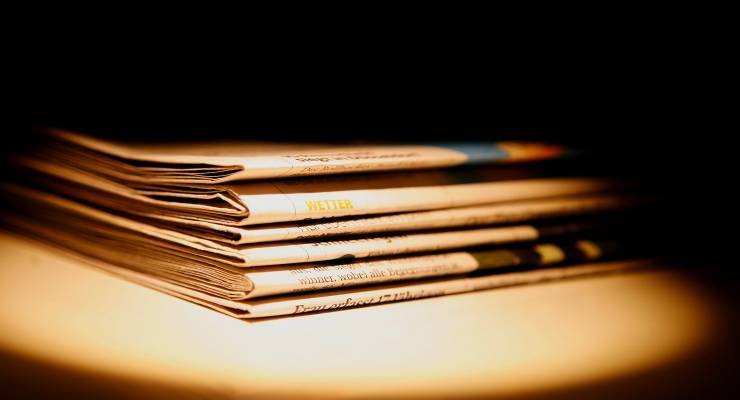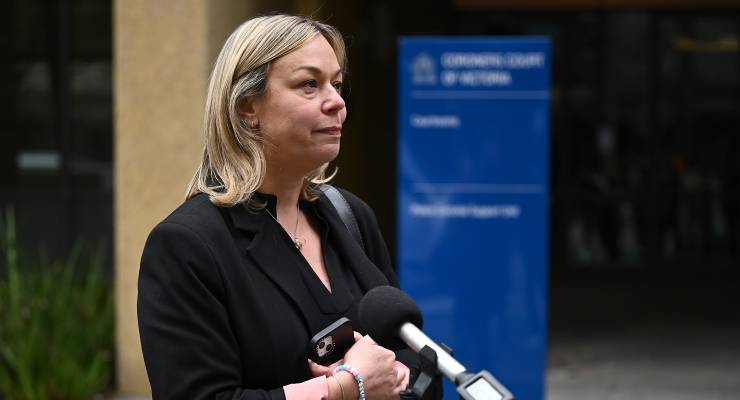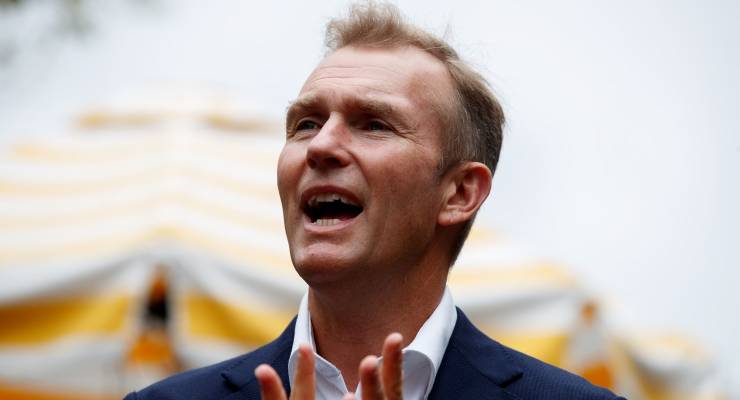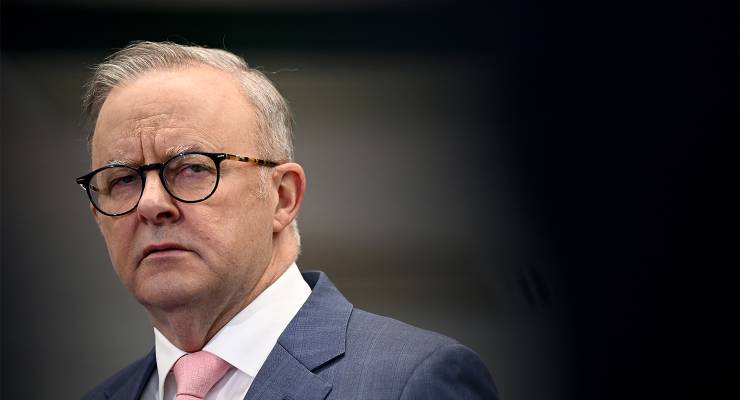Long before the war in Gaza inspired months of campus protests, anti-war faculty members and students were urging the University of Melbourne to sever links to weapons manufacturers, only to meet steadfast resistance.
When pro-Palestine student protesters at the University of Melbourne packed up camp on May 22, ending their occupation of the South Lawn and Arts West building after weeks of escalating actions, they claimed a partial victory in their campaign demanding the university disclose and divest links to weapons manufacturers involved in the Israel-Hamas war.
In a deal brokered to end the protests, the university promised new disclosures of its research ties, and in June published “transparency declarations” revealing it currently had projects worth $43 million in funding from the Australian and United States defence departments, plus at least $7.1 million from defence-related companies.
Many students and staff weren’t satisfied with the level of detail, or the framing of the declarations “as a sign of good faith and conscience”, as one protest organiser put it, but expressed hope it signalled a shift.
But new insights into an eight-year campaign by anti-war activists on the campus — including academics, students and professional staff — indicates a steadfast determination at the highest levels to maintain links to companies involved in weapons development, and signals substantial resistance to the second part of the protest agenda: divestment.
An investigation by The Citizen, exploring meeting notes and the recollections of key players in that campaign, including some senior academics, indicated that their repeated objections to the university’s association with weapons companies have been deflected or dismissed.
In May 2023, University of Melbourne leaders invited about 50 senior academics and professional staff to an internal discussion titled “defence-related research at Melbourne: opportunities, risks and consequences”.
The meeting occurred five months before Hamas attacked Israel on October 7, killing 1,200 people, seizing around 250 hostages and igniting the war in Gaza, where the ongoing Israeli bombardment has killed more than 40,000 people.
Vice-chancellor Professor Duncan Maskell and then deputy vice-chancellor of research, now assistant vice-chancellor, Professor James McCluskey, were there. Also present were academics who had worked on research projects connected to Australian or US defence departments or weapons companies, and others who have spent years objecting to any involvement in weapons development.
Some senior academics who attended the internal meeting told The Citizen that the university insisted they were not to speak about the event publicly. They say they are speaking about it now, on condition of anonymity, because they’re unhappy and frustrated at the lack of action out of the forum.
One academic said they left the meeting with no sense that the university was going to act. They also questioned why a company like Lockheed Martin, the US aerospace and defence behemoth, would seek a relationship with the University of Melbourne, arguing the company’s ambition was to improve its reputation through association with highly regarded universities.
Lockheed Martin Australia, which along with other weapons manufacturers Boeing and BAE Systems has ties to the university, did not respond to questions from The Citizen about this claim.
The 2023 forum came after at least seven meetings since 2017 with university council members, executives, students and academics members of the Medical Association for the Prevention of War (MAPW), according to documentation kept by the association.
Association members repeatedly raised concerns about Lockheed Martin’s involvement in nuclear weapons and the development of lethal autonomous weapons (or LAWs). The MAPW is a peace and disarmament lobby whose members include faculty and students, and is the Australian affiliate of the Nobel Prize-winning International Physicians for the Prevention of Nuclear War.
Its campaign began in August 2016, shortly after a university press release announcing a collaboration with Lockheed Martin ignited a firestorm among staff and students.
The university “welcomed the arrival of … Lockheed Martin’s new STELaRLab (Science, Technology, Engineering Leadership & Research Laboratory) to Melbourne, to be located in the heart of the university’s engineering and science innovation precinct,” it read.
“The $13 million centre is a collaboration between Lockheed Martin, the Defence Science Institute and the university. It will open for an initial three years in existing university premises by December of this year, before moving to a more permanent location as part of the university’s planned Carlton Connect Innovation Precinct.”
In The Age, the student union condemned the partnership as “unethical”, while staff members with the MAPW protested at the university’s open day.
By September 2017, association members were in a room with then vice-chancellor of research McCluskey and pro vice-chancellor of research collaboration and partnerships Professor Mark Hargreaves.
According to contemporaneous notes by MAPW members, and the recollections of Dr Margaret Beavis OAM, a former general practitioner and vice president of the association, McCluskey said some of what was announced in the press release was untrue and that it had misquoted him. He suggested that the wording was influenced by the Defence Science Institute, a state and federal government-backed organisation that aims to build defence research networks and collaborations, according to Beavis and the meeting notes.
The Citizen asked McCluskey for a response to the claims. He directed all inquiries to the university’s media department, which has not responded directly to the claims about his remarks. (A copy of the university’s response is available here.) The institute also did not respond to questions.
On August 10, 2017, a year after the initial press release, the university updated the announcement on its website, changing the details of the STELaRLab location to “proximal to the university’s engineering and innovation precinct”, and the $13 million collaboration to “an initial investment” by Lockheed Martin. McCluskey’s quotes were altered and shortened slightly, with his reference to the Melbourne Connect “new innovation district” removed.
Last year, in the early stages of the Gaza solidarity student protests, the reportedly inflated claims around the Lockheed Martin relationship came back to haunt the university as the pro-Palestine campus protests flared and the campaign for divestment and disclosure of weapons interests gained public attention. Lockheed Martin supplies planes and weapons to Israel.
In December 2023, the university issued another press release seeking to clarify the partnership, stating that it had only received $3.5 million from Lockheed Martin for PhDs, and that the $13 million figure referred to Lockheed’s own investment in the STELaRLab.
The university’s response to anti-war staff and student activists over the years has been to consistently downplay and deflect concerns, according to the vice president of the MAPW and University of Melbourne tutor Dr Margaret Beavis.
In summary, as she recalls it, the university line was that Lockheed Martin were “such nice people to deal with”. MAPW notes from a meeting with university leadership in August 2018 record that the university said that it only dealt with the company’s Australian subsidiary.
The university also argued, according to the notes, that the US company had not been implicated in corruption since the 1970s — when the so-called Lockheed bribery scandal erupted, with a US court-ordered report revealing a program of questionable foreign payments of up to US$38 million — and that “they had been told all about the ethical training that all key employees have to do these days”.
But internationally, the company has been scrutinised over controversial activities more recently. In 2015, a Lockheed Martin subsidiary paid the US Department of Justice US$4.7 million to settle charges that it had illegally used taxpayer funds to pay a lobbyist for assistance in winning an extension for a US$2.4 billion-a-year contract to run a nuclear weapons laboratory. That year the company also paid US$2 million to settle allegations that it overcharged the US government for fuel it used to manufacture aircraft for the US Air Force.
The University of Melbourne did not respond to questions from The Citizen about the claims made in the meeting notes.
The meeting notes claim that McCluskey said in the 2017 meeting that the university was not at that time involved in weapons research with Lockheed Martin. It was, he said, working on sensor technology and autonomous vehicles research, and that it was not yet determined what research would be pursued in the future.
Beavis said she argued that sensor systems were an integral part of the lethal autonomous weapons systems that Lockheed Martin was developing, and that there were already international efforts to ban LAWs.
These kinds of weapons, sometimes described as “killer robots”, generally include any weapons or systems that can independently search and engage targets with little or no human intervention.
This goes to the issue of so-called dual-use research of concern, which the World Health Organization defines as “research that is intended to provide a clear benefit, but which could easily be misapplied to do harm”. In a weapons context, it refers to goods and technologies which have both civilian and military applications.
University of New South Wales Scientia Professor Toby Walsh, an international leader in artificial intelligence research, told The Citizen that “there’s very little you can do in AI [research] that … doesn’t potentially have the possibility of some military application at some point”.
In its press release announcing the Lockheed Martin partnership, the university said that it expected to focus on research areas such as “hypersonics, robotics, artificial intelligence, sensors and communications”.
At a university event last week, vice-chancellor’s fellow Jon Faine, moderating the first of a series of public forums on “critical issues in our time”, responded to an audience question about university links to weapons research saying it would be the focus of a discussion planned for early next year.
“[T]he university says, ‘we don’t do any specific weapons work, we do dual purpose research’,” Faine said. “For example, yes there’s people in engineering doing work on drones, drones are used in a military application but they’re also used to save people’s lives in surf life saving and bushfires, and we don’t distinguish between those different uses.”
Would you like to disclose any additional information about the university’s research ties? Send a secure email to jameswcosta@proton.me.
This story is co-published with The Citizen, a publication of the Centre for Advancing Journalism at the University of Melbourne.
Should universities take money from weapons manufacturers? Let us know your thoughts by writing to letters@crikey.com.au. Please include your full name to be considered for publication. We reserve the right to edit for length and clarity.
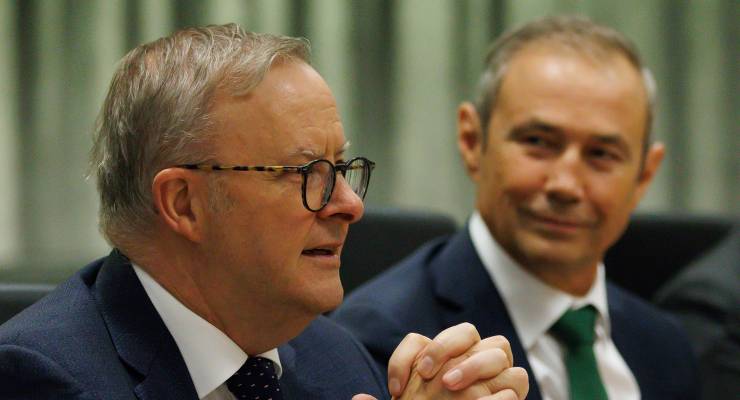
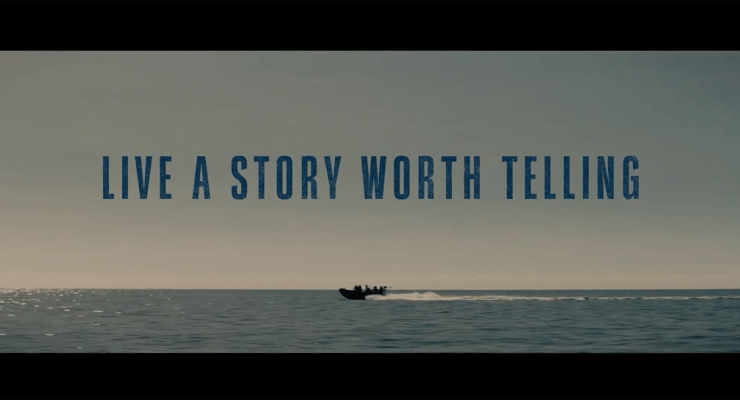
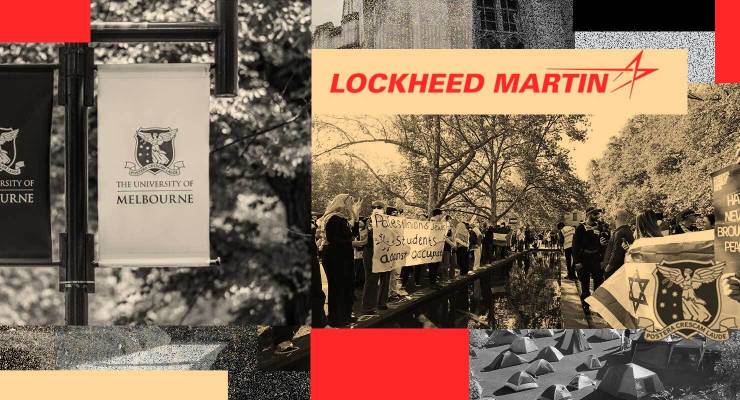
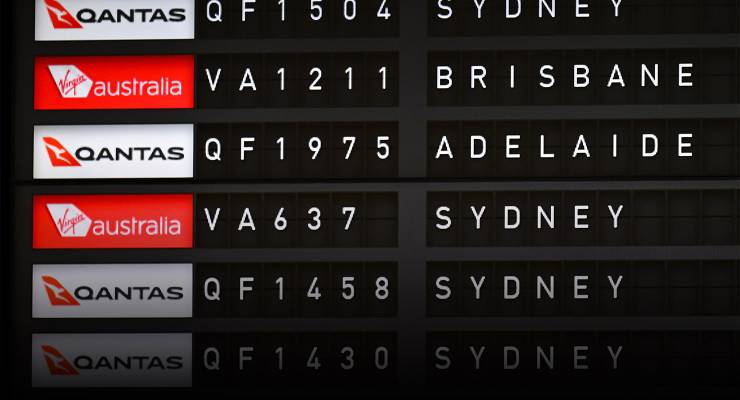
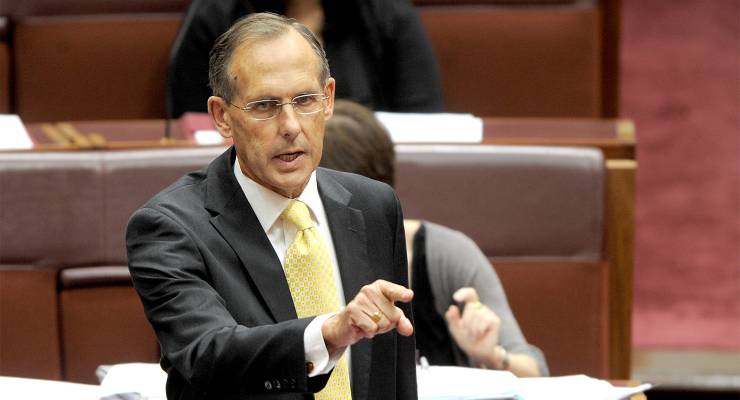
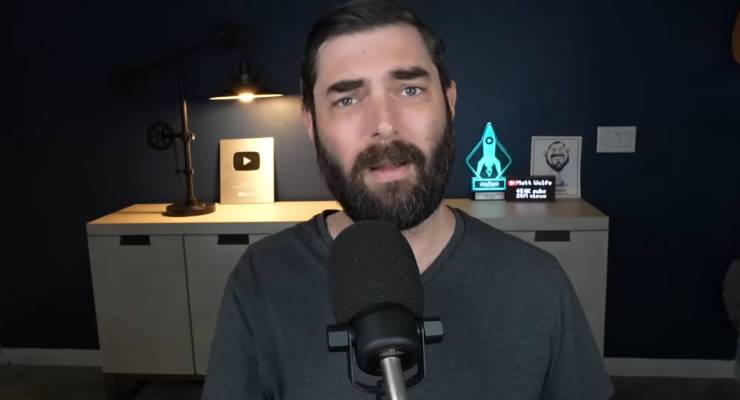
 Got a tip about this story? You can anonymously contact Cam Wilson
Got a tip about this story? You can anonymously contact Cam Wilson 